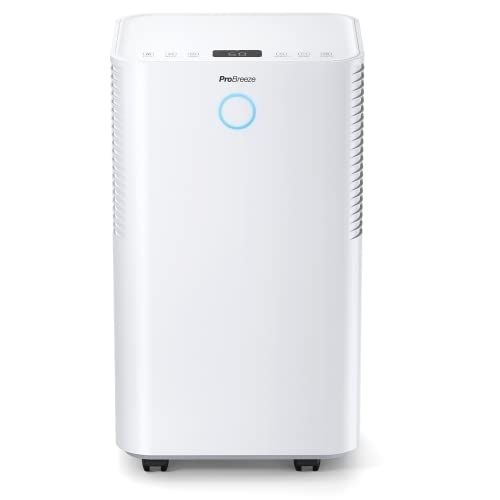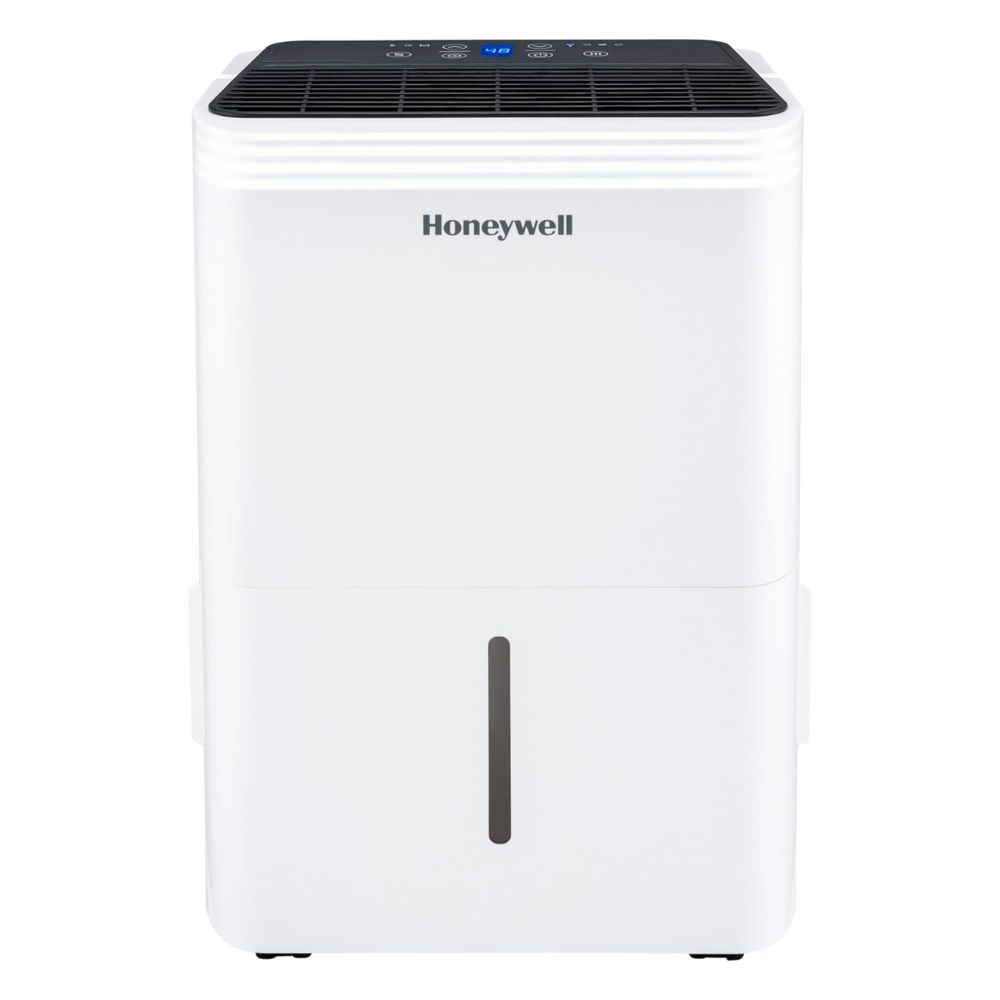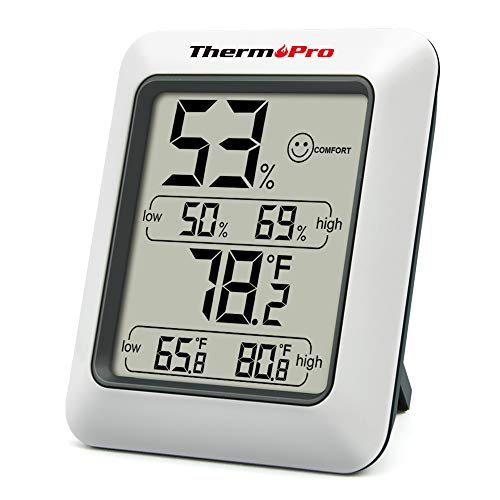10 signs you need a dehumidifier — don't ignore these common red flags
You shouldn't ignore these telltale signs you need a dehumidifier – doing so could prove costly for your home and your health
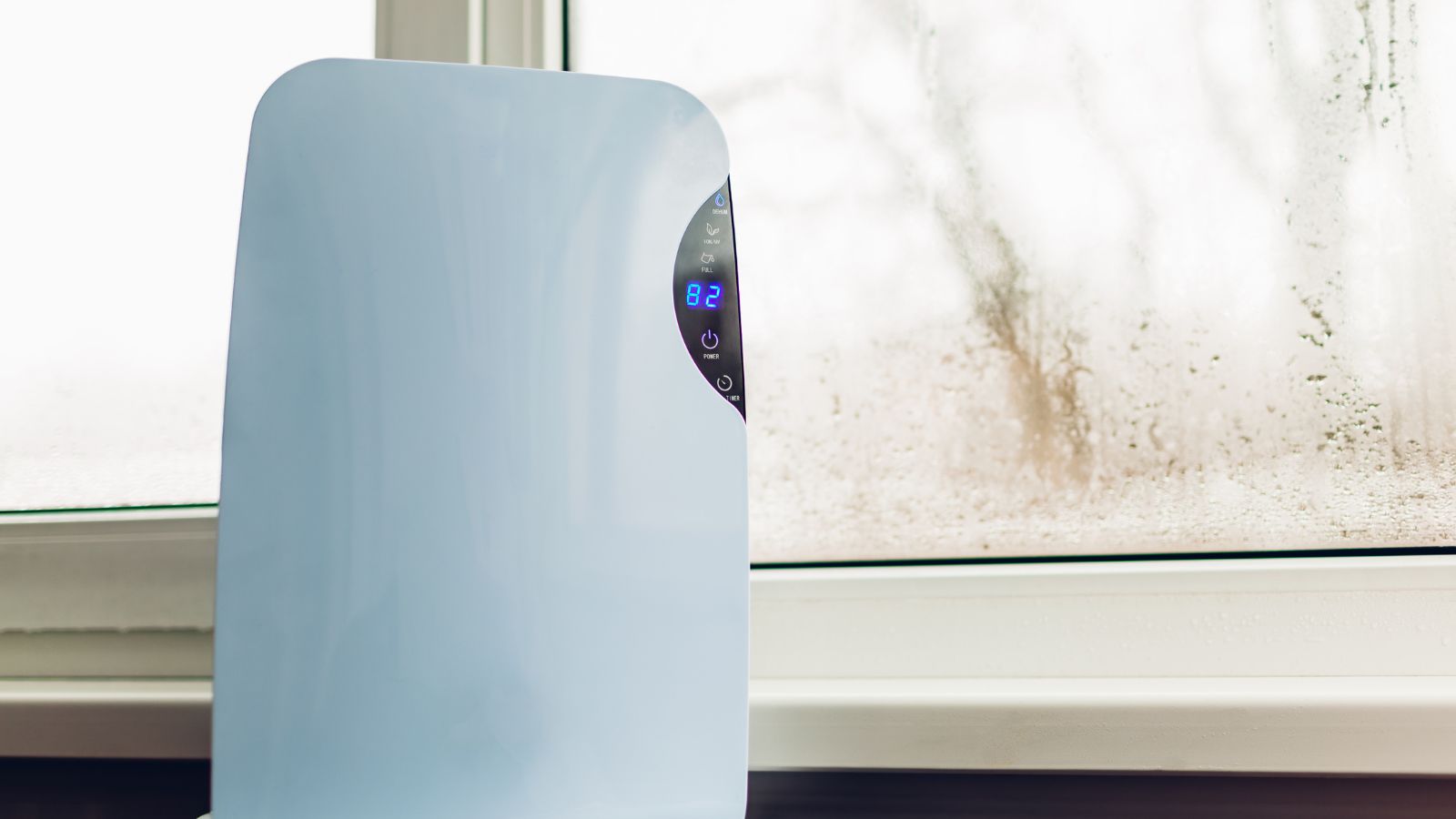
- 1. Persistent condensation on windows
- 2. Musty smells that won’t go away
- 3. Mould or mildew spots on walls or ceilings
- 4. Peeling paint or bubbling wallpaper
- 5. Allergy symptoms are worse indoors
- 6. Clammy or damp feeling air
- 7. Finding evidence of water stains
- 8. Rust on metal surfaces or fixtures
- 9. Wooden furniture or floors warping
- 10. Your home feels much colder than usual
If your home feels damp or you’re fighting a constant battle with musty, lingering odours, there’s a strong chance that excess humidity is wreaking havoc behind the scenes. Recognising the signs you need a dehumidifier can make a real impact, as moisture buildup often creeps in undetected, negatively affecting indoor air quality and even damaging your health if left unchecked.
Thankfully, investing in one of the best dehumidifiers can make all the difference in improving your indoor environment. These helpful appliances work to reduce excess moisture, leaving your home feeling fresher and your air cleaner.
So, how can you tell if your home needs a dehumidifier? Below, we outline the telltale signs that your space could benefit from one of these helpful appliances, and why ignoring these red flags might lead to costly issues down the line.
The signs you need a dehumidifier
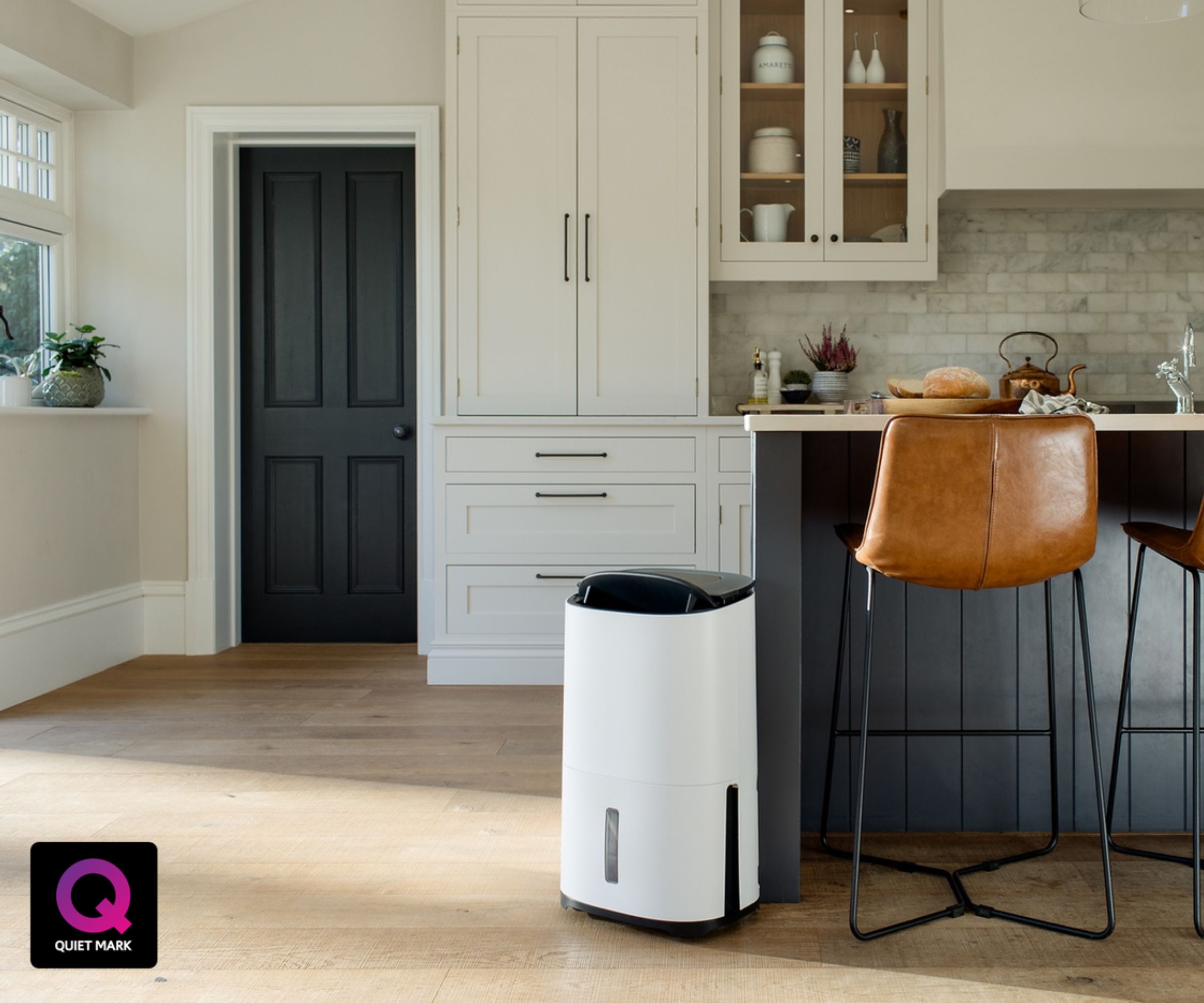
"A cold-feeling house, dusty smells in the air, clothes taking ages to dry, and mould or damp on your walls are all strong indicators that excess moisture is becoming a problem in your home, and a dehumidifier may be needed to restore a healthy indoor environment," explains Chris Michael, founder and managing director of Meaco. Recognising these signs early can save you time, money, and even prevent potential health concerns.
1. Persistent condensation on windows
"One of the most obvious signs you need a dehumidifier is waking up to condensation on your windows in the morning," says Chris Michael from Meaco. While misty windows may seem like a minor inconvenience, they can actually signal a bigger issue lurking in your home’s air.
Condensation forms when warm, moist air meets a cooler surface, like your windows, and turns into water droplets. This moisture might seem harmless at first, but over time, it can lead to damp walls, peeling paint, and even encourage mould and mildew growth in hidden or poorly ventilated areas.
By removing this excess moisture from the air and maintaining balanced humidity levels, a dehumidifier can clear window condensation and create a drier indoor environment where condensation is less likely to form and damage your home and belongings.
Bring your dream home to life with expert advice, how to guides and design inspiration. Sign up for our newsletter and get two free tickets to a Homebuilding & Renovating Show near you.

Chris Michael, founder and managing director of Meaco, has over 30 years of experience in the air treatment industry. His company offers a comprehensive selection of air treatment products, with a presence in over 20 countries, including those across Europe, North America, and South Africa.
2. Musty smells that won’t go away
"If you notice a musty or damp smell that lingers in multiple areas of your home, it could be a sign of excessive humidity and mould growth," explains Polya Petrova, a cleaning specialist from Fantastic Services. This odour is often most noticeable in basements, bathrooms, and cupboards where poor ventilation or high levels of moisture are typically present.
Mould and mildew, which thrive in damp conditions, are often the culprits behind musty smells and their spores can permeate soft furnishings, carpets, and even walls, making the odour hard to shift with surface cleaning alone. Thankfully, a dehumidifier can help lower the humidity in the air and create an environment where mould and mildew will struggle to survive. Over time, this can help banish musty smells for good.
Top Tip: If bad odours are a recurring issue in your home, you might also consider buying an air purifier to work alongside your dehumidifier. Some models of dehumidifier combine both functions, like the MeacoDry Arete® One 10L dual Dehumidifier & HEPA air purifier from Amazon. These units not only manage moisture but also help filter out airborne particles, leaving your home fresher and free from unwanted smells.
3. Mould or mildew spots on walls or ceilings
Spotting mould on a ceiling or on your walls is a clear sign that it’s time to invest in a dehumidifier. Mould thrives in damp, poorly ventilated spaces, and when it takes hold indoors, it can be more than just an eyesore. Mould in houses has the potential to cause respiratory problems or trigger allergies, especially if left unchecked.
Depending on the type of mould, you might notice black, white, or green spots creeping across surfaces, often in hidden corners, bathrooms, or basements where moisture levels run high. Thankfully, a dehumidifier can help manage this issue by lowering the humidity levels that mould needs to grow and thrive. By creating a drier environment, a dehumidifier helps control moisture and prevent new mould from developing.
However, for a dehumidifier to be truly effective, it’s important to first remove existing mould at its source to avoid ongoing contamination. You should also regularly clean your dehumidifier’s filters, as this helps keep the appliance in top shape and ensures it isn’t inadvertently spreading mould spores back into your home.
4. Peeling paint or bubbling wallpaper
Paint and wallpaper that peels or bubbles is a clear indicator of moisture trapped in your walls. This is especially common in high-humidity areas like kitchens and bathrooms, where steam and condensation can easily build up and wreak havoc. Over time, trapped dampness can weaken the integrity of your home’s finishes, and in older homes, it can even lead to more significant structural issues if not addressed.
A dehumidifier is particularly useful in these cases because it actively reduces the moisture in the air, helping to prevent damp from settling into walls and other surfaces. For smaller, enclosed spaces where humidity issues persist, a desiccant dehumidifier is a good choice. Unlike traditional refrigerant models, desiccant dehumidifiers use absorbent materials to pull moisture directly from the air, making them highly effective in cooler rooms or spaces with poor ventilation.
5. Allergy symptoms are worse indoors
"If you or your family members experience increased allergy symptoms, such as sneezing, coughing, or asthma attacks, it could be an indication that the air quality has been compromised by excess moisture," explains Polya Petrova from Fantastic Services.
With a dehumidifier working to keep your home’s humidity in check, you might notice the air feeling lighter and your allergy symptoms diminishing over time. When combined with an air purifier and regular vacuuming, a dehumidifier can help you breathe easier and enjoy a more comfortable living space, especially during hayfever season.
6. Clammy or damp feeling air
If your home has a heavy, damp feeling – especially in basements, bathrooms, or laundry rooms – this could be a sign that your home is too humid and requires a dehumidifier.
To check if humidity is the root cause of these issues, Polya Petrova recommends using a hygrometer to measure your indoor humidity levels. She explains, "If you home's humidity is consistently above 50-60%, it's a strong indicator that your home would benefit from dehumidification, as well as improved ventilation."
7. Finding evidence of water stains
Water stains on walls or ceilings are another telltale sign that your home could benefit from a dehumidifier. Over time, these stains can develop into more than just a cosmetic issue. These unsightly marks often point to excess moisture seeping into your home’s structure, and if left unresolved, they can eventually lead to issues like weakened plaster and even wood rot. The good news is that a dehumidifier can help prevent further water stains from appearing by managing moisture levels and helping create a drier environment.
8. Rust on metal surfaces or fixtures
Rust on indoor metal fixtures, like hinges or pipes, is a clear indicator of high humidity levels. Excess moisture in the air can lead to corrosion on metal surfaces, potentially resulting in costly repairs or replacements. Running a dehumidifier in affected areas can help manage this humidity, but Chris Michael from Meaco cautions against using them directly in bathrooms: “Dehumidifiers are not IP rated and therefore cannot be used in a bathroom (this is why British bathrooms do not have plugs in them).” Instead, place your dehumidifier in an adjoining hallway with the bathroom door open to allow moisture to disperse effectively.
9. Wooden furniture or floors warping
When wood absorbs moisture from the air, it can swell, crack, and even become misaligned, impacting everything from hardwood floors to wooden doors and furniture. This is particularly common with loft condensation, where moisture can quietly accumulate unnoticed until damage has already occurred to structural beams or panels.
By maintaining stable humidity levels, a dehumidifier can protect your home’s valuable wood surfaces, keeping floors level, furniture intact, and helping you avoid costly repairs from prolonged moisture exposure.
10. Your home feels much colder than usual
If your home feels chillier than usual, it could be signalling something more serious than a drop in outside temperature. High humidity often makes indoor spaces feel cold and damp, even when the heating is turned up. This happens because moist air draws heat away from surfaces, creating a lingering coolness that’s hard to shake. By reducing excess moisture, a dehumidifier helps your home retain warmth, resulting in a drier, cosier environment that doesn’t rely as heavily on constant heating. Not only can a dehumidifier make your home feel warmer, but it can also lead to energy savings by reducing the need for extra heating.
Regular dehumidifier maintenance is essential if you want to keep your appliance in top condition. Cleaning or replacing its filters when needed will help keep your unit running efficiently, ensuring it’s up to the task of managing your home’s humidity levels for years to come.

Gabriella is an interiors journalist and has a wealth of experience creating interiors and renovation content. She was Homebuilding & Renovating's former Assistant Editor as well as the former Head of Solved at sister brand Homes & Gardens, where she wrote and edited content addressing key renovation, DIY and interior questions.
She’s spent the past decade crafting copy for interiors publications, award-winning architects, and leading UK homeware brands. She also served as the Content Manager for the ethical homeware brand Nkuku.
Gabriella is a DIY enthusiast and a lover of all things interior design. She has a particular passion for historic buildings and listed properties, and she is currently in the process of renovating a Grade II-listed Victorian coach house in the West Country.
